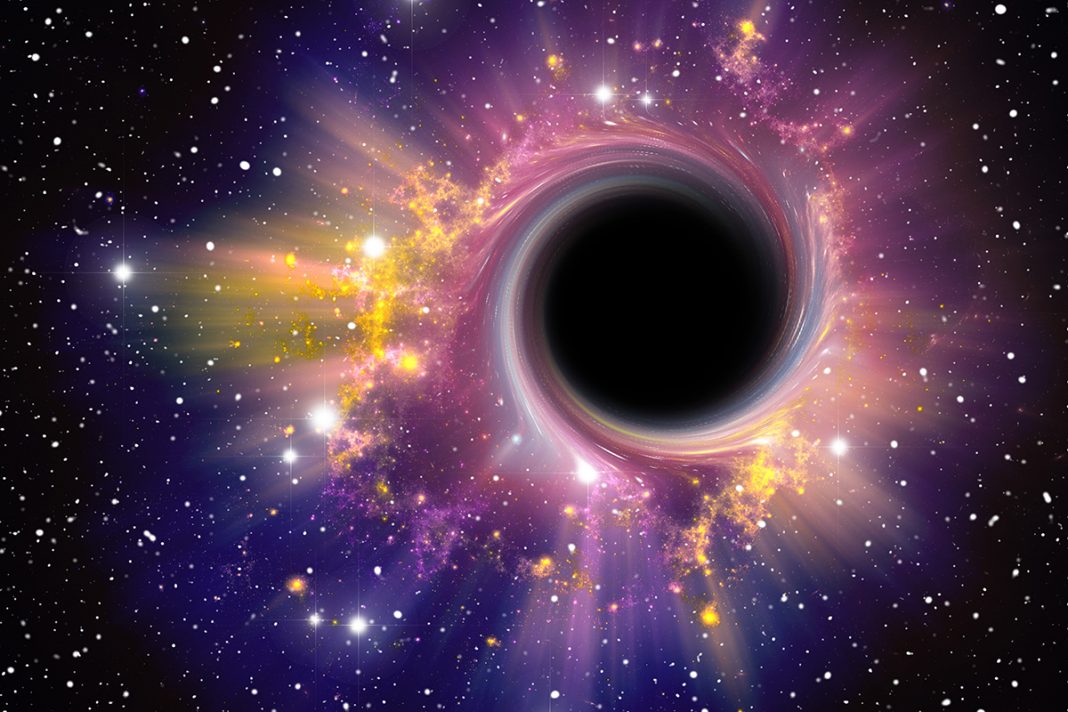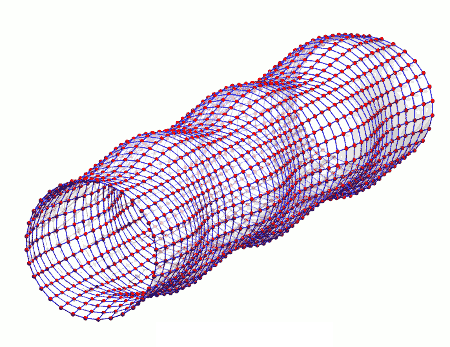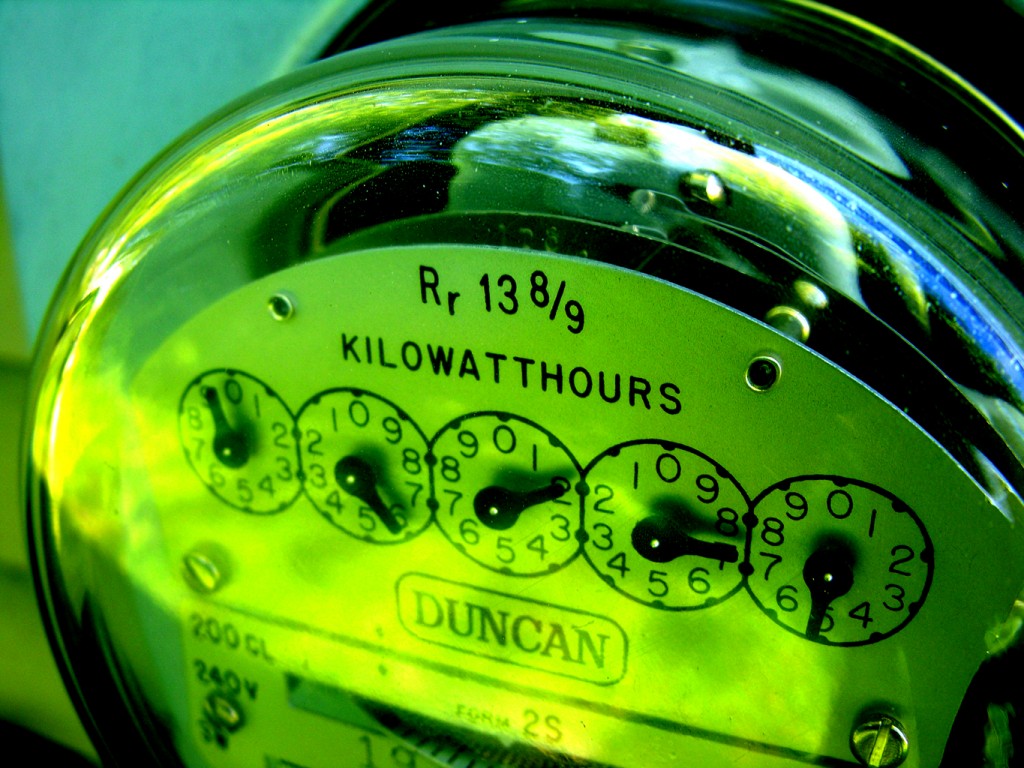After a new theory out of Budapest, once again the debate about the existence of dark energy and dark matter has been re-sparked. Both are theoretical concepts that help explain certain behaviors in galaxies and the Universe that can’t be explained otherwise by observable matter. Although they’ve never been detected, dark matter is thought to comprise 25 percent of the Universe’s mass-energy that would explain why gravity is so much stronger than it should be based on visible matter. And dark energy helps explain the apparently weakened power of gravity on larger scales.
Both forces are born out of Einstein’s theory of general relativity a century ago. When he was working on the theory, he wanted to balance on the largest scales the self-attraction of the matter by anti-gravity. However, he didn’t consider a change in time or that the Universe had a definite beginning.
At the time very little was known about the universe, it was difficult to fathom that objects in space were far, far apart. Einstein worked with what he had, and his theory was summarized as such: Matter tells space how to curve, and space tells matter how to move. This allows that space wants to go with the matter, whether expanding or contracting and was a concept added by Alexander Friedman.
Alexander Friedman had the same starting point as Einstein but didn’t try to balance the ingredients. Therefore space could expand or contract but allowed that matter slowed down the expansion while dark-energy made it accelerate.
Since the 1990s, as new observations supported an expanding universe with acceleration, it has been suggested that the Universe must be 70 percent dark energy, but it is based on a Universe model a hundred-year-old.
Many basic questions about the behavior of space and matter are annoyingly left unanswered by Einstein and Friedmann. They present a model of the Universe that could only exist early in its history when it was more homogenous. Now, however, gravitational instability has left large voids in space where matter is clustered in dense pockets far spread out through the universe.
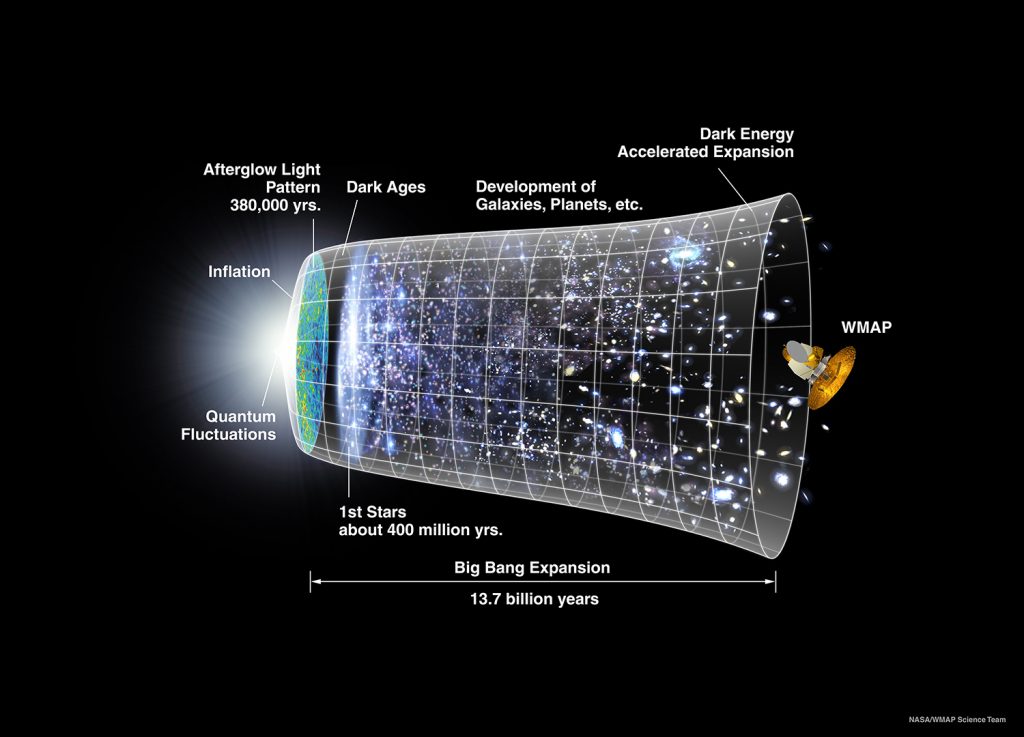
Photo Credit: WMAP Science Team
In computer modeling, Newton’s theories, Einstein’s theories, and Friedman’s theories can only reproduce a simulation similar to our current observations of our universe by using the invented conventions of dark energy and matter. But, even then it still presents problems when trying to model certain aspects of theories and the universe, and we’re still not thoroughly utilizing general relativity.
Since the new millennium, cosmologists have considered the concept of back reaction, which while large-scale expansion may not be homogenous, Einstein’s equations still stand for smaller scale explanations.
Recent modeling from the Budapest and Hawaii group attempting to do away with dark matter has produced a universe similar to what is seen in Planck satellite data. However, their modeling used a usual method as well as Newtonian equations.
Such a variety of ideas about the Universe and the equations that explain it is a good thing according to Avi Loeb, the Chair of Astronomy at Harvard, who says:
“To avoid stagnation and nurture a vibrant scientific culture, a research frontier should always maintain at least two ways of interpreting data so that new experiments will aim to select the correct one. A healthy dialogue between different points of view should be fostered through conferences that discuss conceptual issues and not just experimental results and phenomenology, as often is the case currently.”
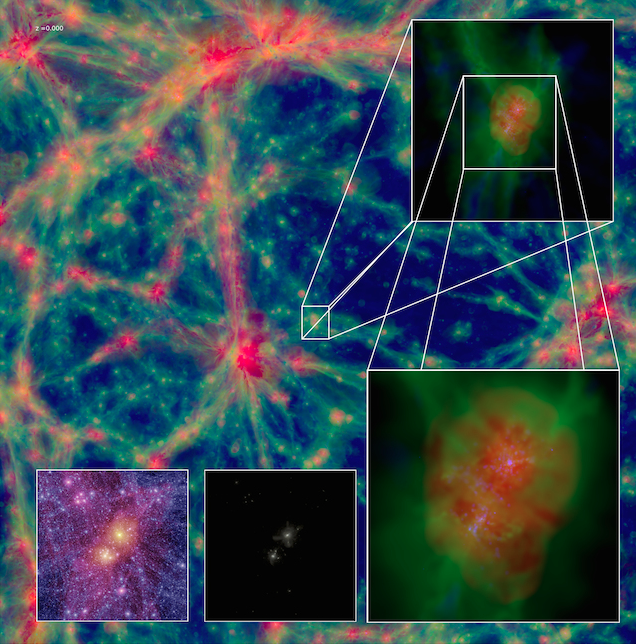
Some amount of back reaction is accepted, but it doesn’t change much in the explanation of dark energy required to make standard cosmology models work. And Einstein’s equations take uniform expansion for granted, skirting an explanation for its occurrence
Even if the standard model is reworked, it will probably keep Einstein’s equations at the core, while rethinking the way time and space are fundamentally connected and maybe not include dark energy at all.
More News to Read

